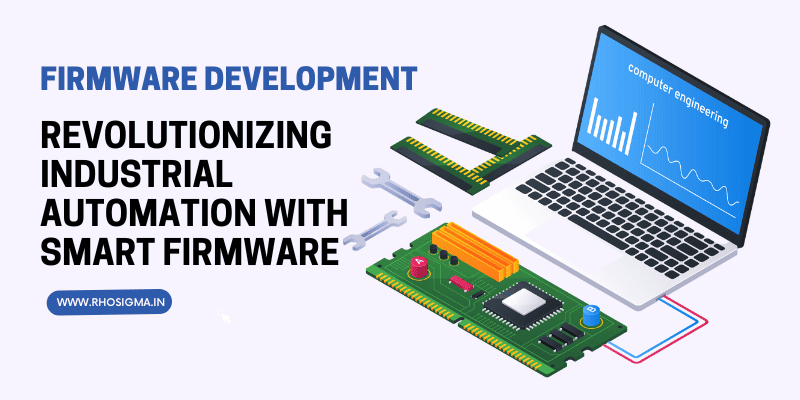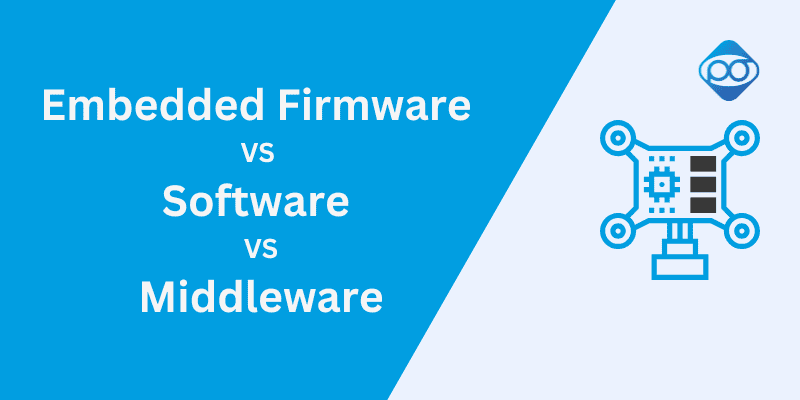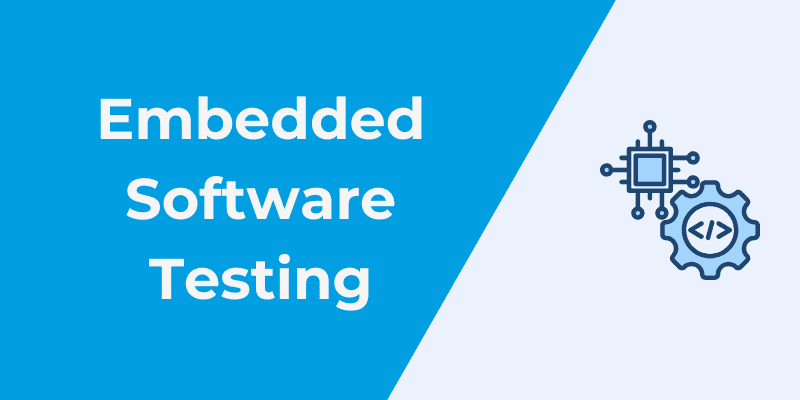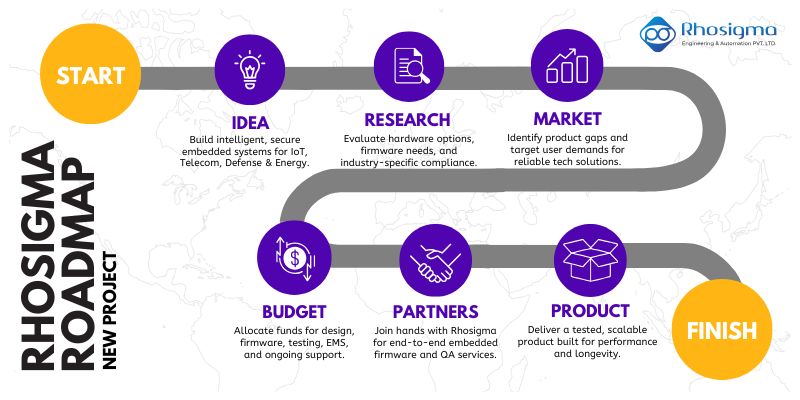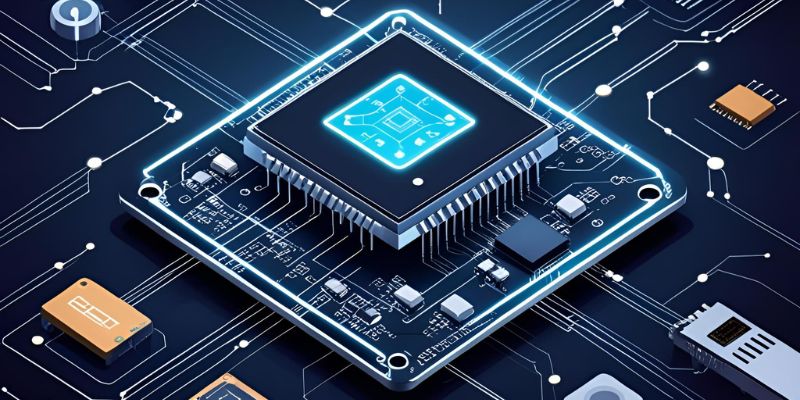How to Build Custom Firmware for Your Hardware
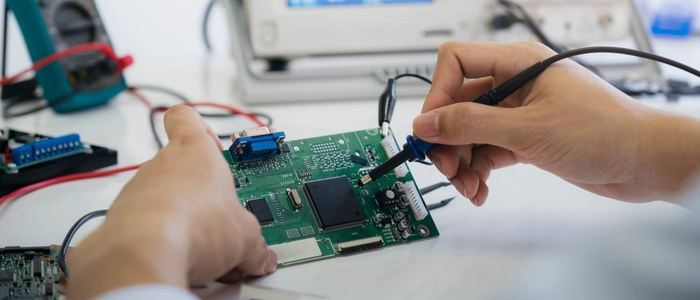
Learn how to develop custom firmware tailored to your hardware. A step-by-step guide to building fast, efficient embedded systems.
Why Custom Firmware Matters
In the world of modern electronics, hardware is only as good as the firmware that runs it. Firmware acts as the invisible intelligence behind your embedded systems it controls how your hardware behaves, communicates, and responds. Whether you're developing a smart sensor, an IoT device, or an industrial controller, custom firmware plays a critical role in optimizing performance and enabling unique functionalities.
Off-the-shelf firmware might offer quick solutions, but it often falls short when your hardware demands precision, efficiency, and scalability. That’s why building custom firmware tailored to your hardware is not just beneficial it’s essential.
Need reliable firmware for your hardware? Get a free consultation from our embedded experts today!
Understand Your Hardware Requirements
Once your hardware requirements are mapped out, the next step is setting up your development environment. This involves choosing the right IDE (Integrated Development Environment), compiler toolchain, and hardware debugging tools. Depending on your platform, you might use STM32CubeIDE, MPLAB X, Keil uVision, or open-source alternatives like Platform IO. You’ll also need a programmer/debugger such as J-Link or ST-Link to flash your code and troubleshoot your firmware in real-time. A well-configured development environment saves hours of debugging and ensures that your firmware is correctly built for the target hardware.
Write and Structure Your Firmware Code
After setup, it's time to start coding. For simple devices, a bare-metal approach where you directly control the hardware without an operating system can be ideal. For more complex projects that require multitasking or time-sensitive operations, integrating an RTOS (Real-Time Operating System) like FreeRTOS is recommended. At this stage, you’ll develop drivers for each peripheral, manage I/O operations, handle interrupts, and implement the core logic of your application. It’s important to keep your code modular and maintainable, as firmware often evolves with hardware revisions and feature additions.
Test and Debug Thoroughly
Testing and debugging are integral parts of firmware development. Using hardware tools like oscilloscopes or logic analyzers, you can verify signal integrity and timing. Meanwhile, software debuggers help track down bugs, monitor variables, and observe real-time behaviour. Always test under real-world conditions, accounting for power failures, communication drops, or unexpected inputs. Comprehensive testing ensures your firmware is robust and ready for deployment.
Optimize for Efficiency and Power
Optimization is another critical aspect. Your custom firmware should be lean and efficient, especially in resource-constrained environments. Optimize memory usage by eliminating redundant code, use low-power modes to save energy, and fine-tune timing for performance-critical applications. Profiling tools can help identify bottlenecks, and adjusting your code based on these insights can significantly improve your device’s responsiveness and battery life.
Plan for Updates and Security
Finally, consider long-term maintainability. Implementing firmware update mechanisms like Over-The-Air (OTA) updates or USB-based upgrades ensures you can fix bugs, improve functionality, or enhance security after deployment. Secure bootloaders, code signing, and encrypted firmware delivery help protect your devices from unauthorized access or tampering, especially in IoT or industrial applications.
Building Smarter Hardware with Custom Firmware
In conclusion, building custom firmware is a powerful way to unleash the full potential of your hardware. It enables better performance, tighter integration, and greater flexibility than generic solutions ever could. While the process involves deep technical understanding and careful planning, the results are worth it, especially when reliability, speed, and control are critical to your product’s success.
Have a project in mind? Request a custom firmware development quote tailored to your hardware needs.
